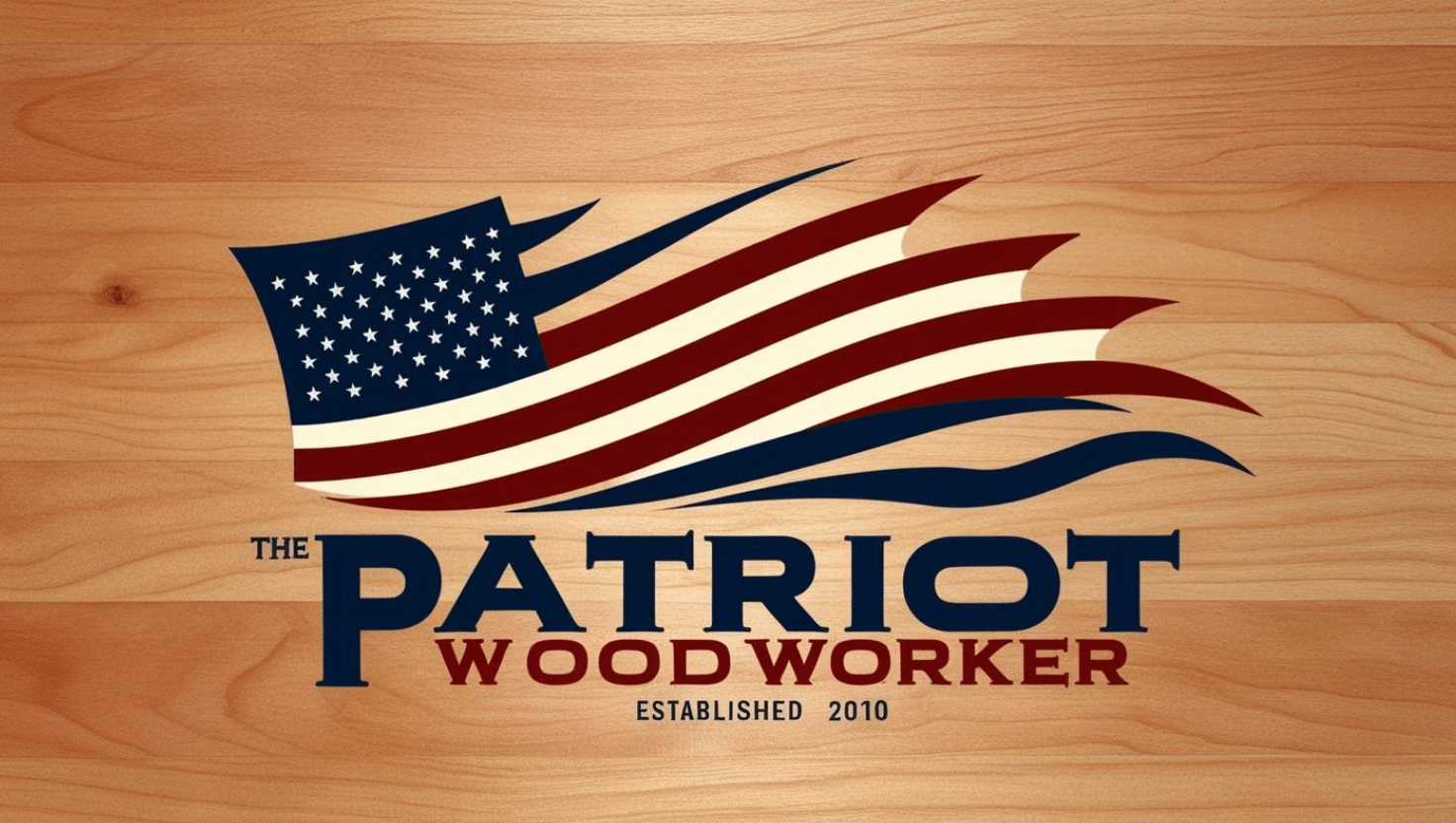Search the Community
Showing results for tags 'air'.
-

TGIF: Three things that affect finish curing Tuesday, March 20, 2018
kmealy posted a topic in Finishing
Back from a couple of hectic weeks. I'm working on the presentation of a day long wood finishing seminar that I'm giving in April. As I do the outline, it occurred to me that most finishing things occur in threes. There are three things that affect how a finish dry or cures. 1. Temperature Some finishes, like waterborne, don't cure well below a critical point (mid 60s for example). The general rule of reactive (Tinkertoy) finishes is that chemical reactions double in speed for every 10 degrees Centigrade (18 Fahrenheit). So a varnish or oil finish will cure about twice as fast at 78 degrees as at 60 degrees. These finishes cure by absorbing oxygen and reacting with it to form polymer chains. For evaporative (spaghetti) finishes, lacquer and shellac, they cure by evaporation of their solvents. Higher temperature means faster evaporation. 2. Air movement Waterborne finishes cure in two stages - evaporation of the water (a thinner) then by the evaporation of the glycol ethers. Varnishes also cure in two stages, first evaporation of the thinner (mineral spirits), then reaction with oxygen. Oils and varnishes then cure by reaction with oxygen. Air movement speeds the evaporation of the mineral spirits, then makes oxygen available. Air movement speeds the evaporation of the solvents in shellac and lacquer. When I'm doing touch up work, I'll usually use a hair dryer to speed the drying of the lacquer (adds both heat and air movement). 3. Humidity High humidity will take longer for the water to evaporate from waterborne finishes. Humidity, I believe, will have minimal effect on varnish and oils. Since mineral spirits and water are not miscible (will not mix with each other) it should not change its evaporation rate. And the cure rate should be irrelevant. Shellac's solvent is alcohol, that is miscible in water (think cocktails or beer) high humidity will slow its evaporation rate Lacquer presents another problem. High humidity can cause lacquer to "blush" -- develop a white, cloudy appearance. Because lacquer dries so fast, high humidity does not allow the water to evaporate out before it cures. The solution to this is to use or add a slower-evaporating lacquer thinner to allow a longer dry time.- 9 replies
-
- temperature
- air
-
(and 3 more)
Tagged with:
-
I just got off the phone talking to Charles Nichols. I noticed he hasn't been around and I wanted to check up on him. He's doing better from his lung issues but the doctors were concerned that the sawdust from turning might be aggravating his lungs. His lathe is in his apartment and the dust can't get away. At any rate, he said that he is doing better and to tel the gang, "HI" and that he'll be back on site soon.
- 33 replies
-
-
View File Hot Air Balloon Hot Air Balloon by Mahendra Submitter John Morris Submitted 10/30/2016 Category Scroll Saw Patterns




.thumb.jpg.573d1497d0675219908c85aabefd797a.jpg)
